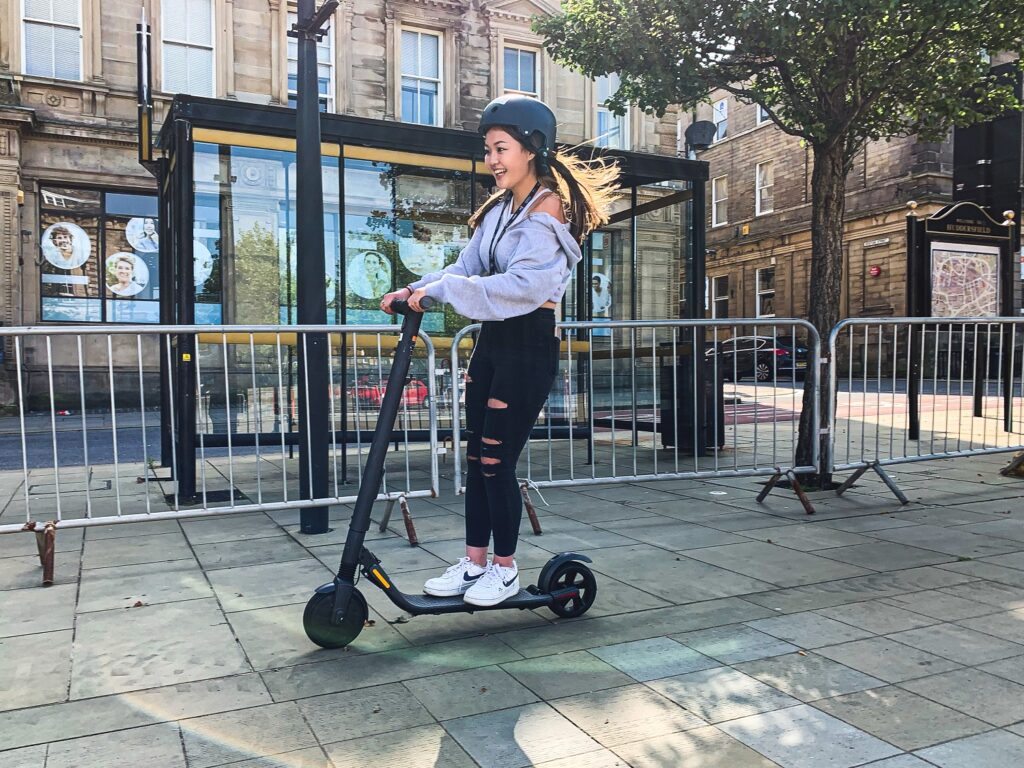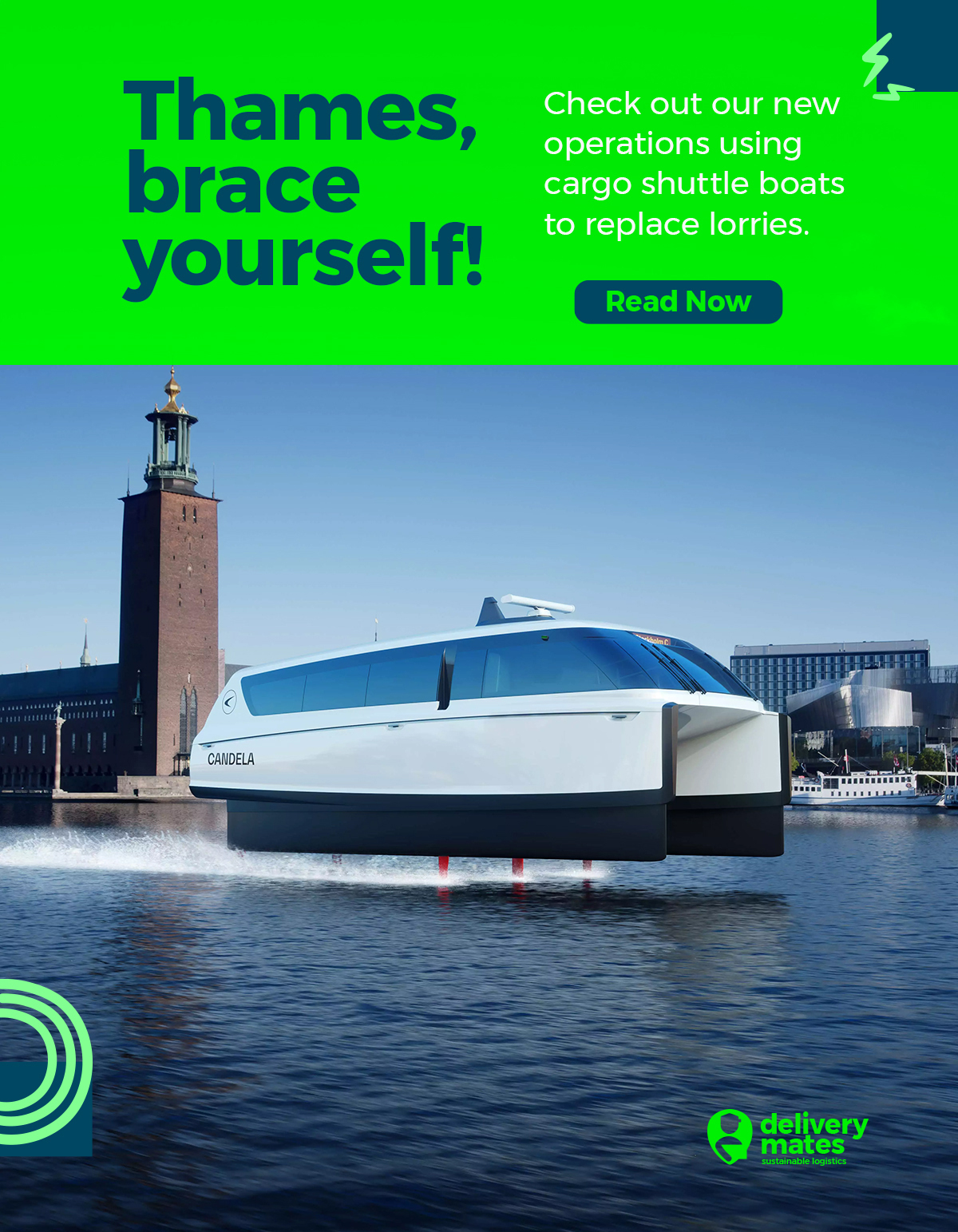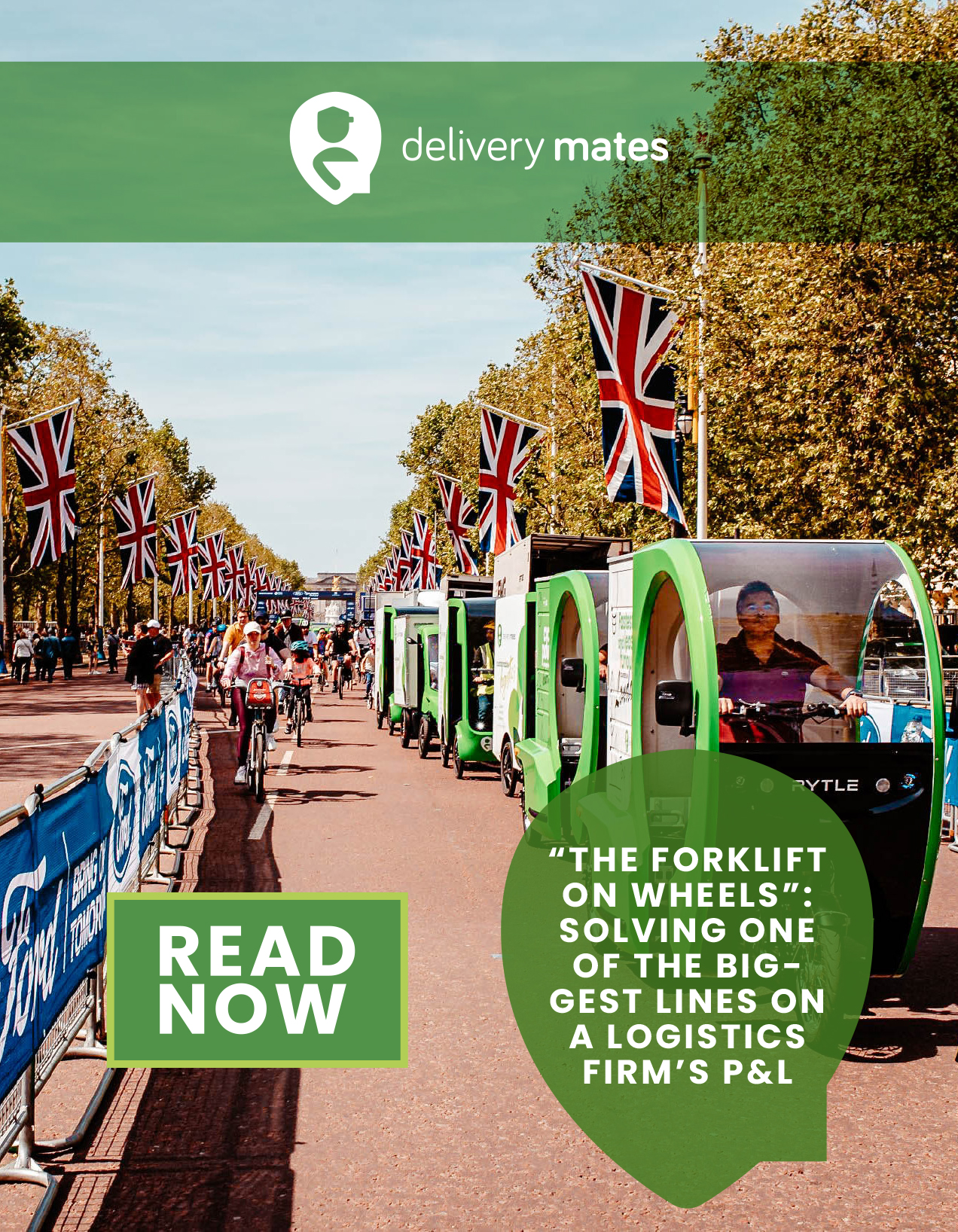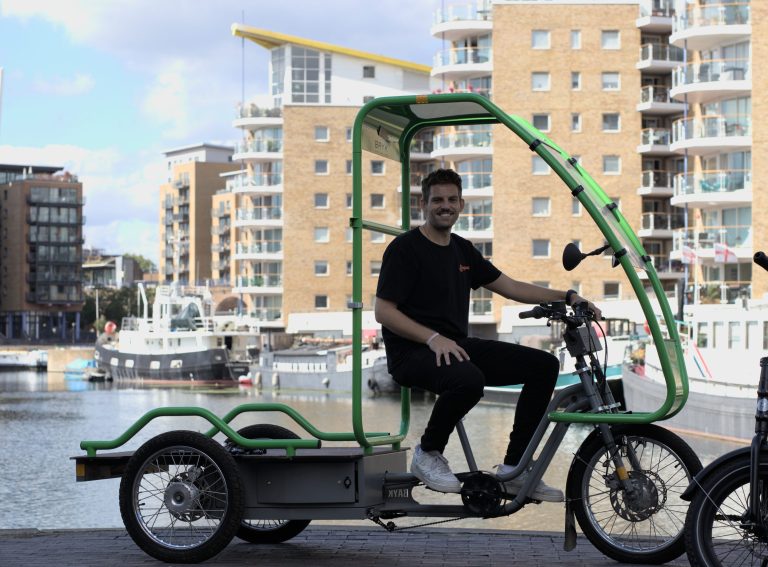Here’s a rather tricky problem facing electric scooter fleet operators and local authorities across England: e-scooters are so new that everyone’s desperate to try them out, but precisely because they’re so new, very few riders understand how to use them safety and confidently. What’s more, there are even fewer people with any sort of relevant instructing experience or qualifications.
All fleet providers already offer some form of training, from in-app tutorials to in-person training events. But the approach is fragmented: different companies offer differing levels of education, which means that riders in some towns and cities have access to less education. There is no national standard to follow. This means some key safety lessons – not to mention issues such as whether it’s ok to ride on pavements (it’s not) – are being missed by new scooter riders.
It turns out that a scalable, proven solution does exist in the UK, in the form of a school called Scoot Fit. Owner and chief instructor James Rodger has been teaching people how to ride scooters since 2013. Before you laugh at the thought that riding scooters is something that needs to be taught, don’t. Read on first.
(For full disclosure, while this is not a paid-for article, the Zag team was employed to prepare the case study on which this is based.)
Scoot Fit primarily operates in schools and leisure centres across the country. Rodger reckons he already trains upwards of 45,000 children and adults every year (“aged from two to eighty,” he says). The school is now also teaching lessons for e-scooter riders, and recently completed a four-week pop-up residency doing just that in Huddersfield.
How does it work?
The Huddersfield project saw Rodger and his team set up in a cordoned-off public area, near a train station. Several 45-minute sessions were run each day, six days a week, for four weeks.
Members of the public simply booked in advance online and then turned up; the classes were free to attend. All materials – including push scooters, e-scooters, audio-visual equipment and a temporary test-track – were provided by Scoot Fit, with Kirklees Council picking up the bill for the whole project through good use of the government’s emergency active travel fund.
(Push scooting can burn 30% more calories than cycling so it definitely counts as active travel. Even e-scooter riding requires good core strength.)
Marketing was modest, conducted mainly via Scoot Fit’s Facebook page and some supporting council channels. And it’s pretty mobile: all of Rodger’s equipment can be accommodated (read: packed with military precision) in one large van.
Did anyone turn up?
Yes, actually – more than 250 people. Not bad, considering the project ran throughout September, after the holiday period and when residents were back to work and school, and in line with Covid guidelines.
It’s worth mentioning that Rodger reckons the school can accommodate up to 50 people in a class, current tier restrictions permitting.
So what’s covered in the classes?
Ah, glad you asked.
Rodger first teaches people how to fall. Yes, that’s right – exactly like stunt-person training. Because many people have not grown up riding e-scooters, class participants start off with a lecture about the mechanics of falling and how to protect themselves.
Rodger has used international research into the most common types of injuries sustained while scooting to formulate a three-stage process to preventing and minimising head and facial injuries.
Oh – and all students are shown videos of scooter crashes, to help sear into their subconscious minds the types of situation and behaviour to avoid.
Next comes what Rodger terms “physical literacy”. Students learn four fundamental skillsets using a push scooter: balance and movement, emergency stops, hopping on and off at speed and common feet positions. Once they feel comfortable, riders take to the track to navigate a series of slalom poles, while Rodger pumps out tunes to keep the session relaxed and light-hearted.
Then comes the e-scooter module. After some familiarisation with controls, students put the lessons they’ve learned on push scooters to work as they negotiate a series of increasingly difficult challenges on the heavier, more powerful machines.
Lastly comes a game of chase, with students on e-scooters trying to outwit and outrun Rodger on a push scooter. It all seems like rather a lot of fun, actually.

Does it work?
Without recording collision data, it’s hard to say scientifically. However, Rodger conducted a survey of participants in Huddersfield and 95% said they were satisfied or very satisfied with the training, and 85% said they felt safer after the class.
What can be said with certainty is that Rodger’s is an inventive curriculum that has been developed over eight years of face-to-face training. He’s seen what works and what doesn’t. He can even spot riders affected by medical issues, such as hypermobility of the knee, which affects balance and which is very common but often goes undiagnosed.
So what’s this got to do with e-scooter trials?
We’re not advocating for any kind of mandatory training or test to ride e-scooters. The point of the little electric two-wheelers is to be as accessible as bikes, so the barriers to entry need to be as low as possible.
With that said, it’s entirely sensible to offer some form of practical training to those who would like it. If e-scooter operators or councils foot the bill and keep it free for attendees, these types of classes could be invaluable in making sure both e-scooter riders and the wider public stay safe.
Scoot Fit seems an obvious answer: a British company, already working away quietly in this space with a long track record of success, with a model that could easily be scaled up to cover all e-scooter trial locations.
Local authorities ought to be asking their e-scooter operating partners whether they are applying the same level of rigour, detail and expertise to local training as Rodger has spent the past eight years perfecting. When it comes to the safety of their residents, only the best should be good enough; bearing the Scoot Fit mark on their education could well become the equivalent of a five-star Euro NCAP rating.
Now, we just need a word with Rodger about putting the Ghostbusters theme tune on the stereo for the next batch of classes…








